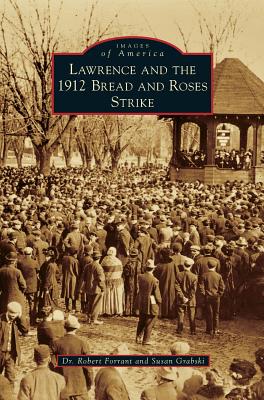Incorporated in 1847 on the banks of the Merrimack River, Lawrence, Massachusetts, was the final and most ambitious of New England's planned textile-manufacturing cities developed by the Boston-area entrepreneurs who helped launch the American Industrial Revolution. With a dam and canal system to generate power, by 1912 Lawrence led the world in the production of worsted wool cloth. The Pacific Cotton Mills alone had sales of nearly $10 million and had mechanical equipment capable of producing 800 miles of finished textile fabrics every working day. However, industrial growth was accompanied by worsening health, housing, and working conditions for most of the city's workers. These were the root causes that led to the long, sometimes violent struggle between people of diverse ethnic groups and languages and the city's mill owners and overseers. The 1912 strike--known today as the Bread and Roses Strike--became a landmark moment in history.










